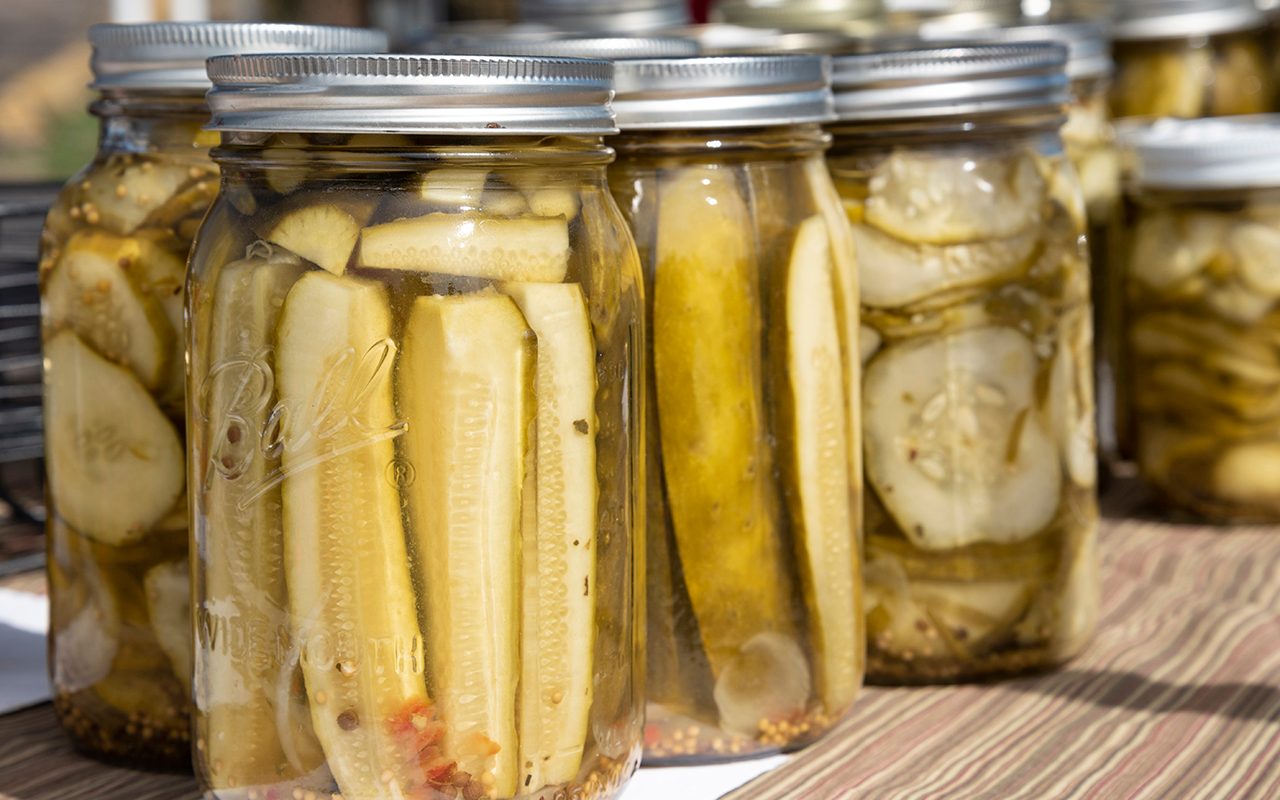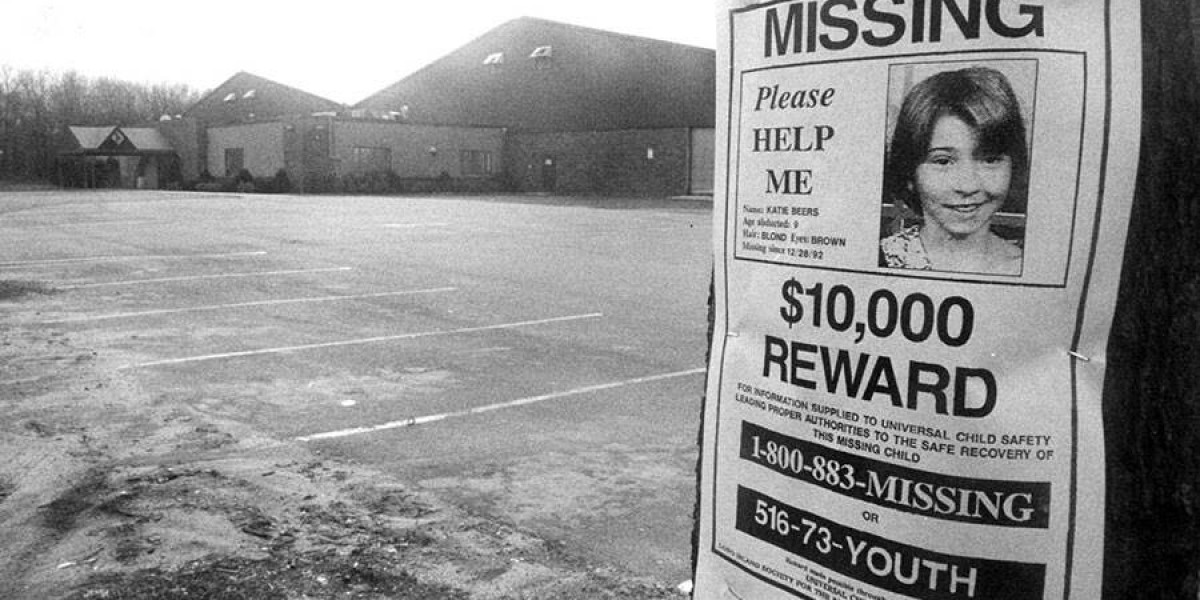Is Pickling Safe? Yes, But Read This First.
Your friends from Taste of Home
How to Pickle Safely

How does pickling work? How do you know it's safe? Turns out keeping vegetables safely preserved can be quite the pickle, so we're sharing our safety tips.
Every editorial product is independently selected, though we may be compensated or receive an affiliate commission if you buy something through our links.
Nothing says summer like spending the afternoon canning fresh produce from your garden. It’s a great way to use up extra vegetables and add a bold, tangy flavor to boot. We like pickled green tomato relish on a loaded avocado BLT or pickled bell peppers over honey mustard brats.
How Does Pickling Work?
Pickling is a preservation method that uses an acidic liquid like vinegar to store produce at room temperature.
While we can’t get enough of our favorite pickled recipes, pickling comes with some risks. We’re breaking down the possible dangers—and how to stay safe.
Is Pickling Dangerous?
When your pickles are placed in enough vinegar and the jar is properly sealed, they should be safe to eat. The trouble comes when the canning process isn’t performed correctly. If any of the canning steps aren’t followed exactly, your new creation could become a breeding ground for harmful bacteria like botulism.
Botulism is a poison that comes from soil and can grow on food. According to the Centers for Disease Control and Prevention (CDC), botulism is rare but many of the cases can be traced back to at-home canning and preserving.
It’s hard to imagine that one of your grandmother’s favorite pastimes could be so dangerous, but older canning recipes can be risky to make.
How to Pickle Safely
First, pickling is more involved than you might have thought. Be sure to give yourself plenty of time to learn the process. Always follow the USDA’s Complete Guide to Home Canning for safety recommendations.
If you’re new to canning, start with a simple recipe like easy homemade pickles to test your pickling skills. The CDC recommends pressure canning pickles and all other produce; vegetables are low-acidic foods, so a boiling water canner won’t be enough to protect against botulism.
Always be sure to start off with a clean, sterile jar. To sterilize jars, wash jars and caps in hot, soapy water; rinse thoroughly. Dry bands on a towel. Put jars in a large kettle with enough water to cover by at least 2 in.; boil for 10 minutes to sterilize. Turn off heat, but leave the jars in the water until they’re ready to be filled. Place lids in a separate small saucepan and cover them with water; bring water to 180° and simmer for 10 minutes. Remove from heat until ready to use
When preparing your pickling brine, mix up a vinegar-to-water ratio of 3 to 4 to ensure that your solution has enough acidity to safely preserve the produce. Then, stir in this homemade pickling spice for extra flavor.
For a step-by-step guide, check out our Canning 101 resource.
How Can You Tell If Pickles Have Botulism?
If your produce is properly canned, it should be safe to eat. Never eat pickled produce from a can or jar that is damaged. Check to make sure the jar is not leaking, bulging or cracked. When you open the jar, inspect your pickles. A white film or foam on the top of the jar means the produce has spoiled. If you notice the food has changed color or smell, it’s best to toss it.
When throwing out spoiled pickles, place them in a plastic bag and seal it; make sure your pets won’t be able to get to them, either. If any of the liquid spilled on the counter, clean it with a bleach solution or disinfecting wipe.














